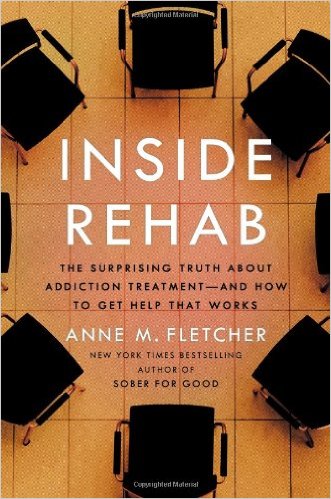
Imagine this scenario: You have a daughter who is addicted to hard drugs. You have known of the problem for some time and have had many talks with her but to no avail. The problem is getting worse, as she is getting high almost daily. She is stealing from you to pay for her habit and may be into prostitution. You do not know what to do, and consider getting help. You research and find a nice rehab facility and hear it is a place celebrities go to get clean. You decide to send her there, all though the cost is near $30,000 for a month’s stay, and to pay for it; you have to take a second mortgage on your home. She attends the program and does well, but weeks upon returning home she begins to use. You are distraught and do not know what to do. Do you send her back to the rehab or go to another? Are there other options besides rehab, and do they work? How do you help your daughter to get clean, without destroying your families financial future? This is a common scenario thousands of families. If only there were a book parents could read describing rehab, and what to look for. Now there is Inside Rehab: The Surprising Truth about Addiction Treatment and how to get Help that Works, by Anne M. Fletcher.
The Sad State of Addiction Treatment in America
Anne Fletcher, M.S., R.D., decided to investigate the state of rehab in America. To do this, she visited numerous rehab centers across the United States to see what addiction treatment is like. In her visits, she talked with the Administrators, Counselors, and most importantly, some of the patients in these centers to give an overall balanced opinion. She found most rehabs use a 12 Step Model of Treatment, which involves the patient in group sessions discussing each of the twelve steps often used in Alcoholics Anonymous. The AA method of treatment is used in a vast majority of centers, even though there is little scientific evidence to back it up. For the most part, treatment consists of patients in group sessions, discussing the twelve steps, and the disease model of addiction.
Patients are often taught they have no power over their addiction, and that they must follow AA or be doomed to a life of drugs. Patients are always addicts for life and need to go to groups forever unless they fall back into addiction and drugs. This type of statement is common in rehab centers and is depressing and downright wrong. Also, Fletcher found most treatments are not individualized, and most patients receive the same treatment regardless of personality or problem. Patients rarely receive Individual time with a therapist or doctor, and at times group sessions are not lead by a qualified professional.
Blind Leading the Blind
Fletcher found many rehab centers employ professionals with little training. Most therapists in these centers had less than a Master’s Level in Psychology, with some with no formal training whatsoever. For many of the centers, Interns were providing much of the therapy, as they cost less than fully licensed professionals. Treating drug addiction requires vast knowledge and experience, and cannot be found without training and education. To hire a qualified professional is expensive, and most rehab centers cut costs as much as possible.
No Science, Please
When providing treatment, it pays to practice therapy that is scientifically verified to work. No one goes to the doctor to get a treatment that “might” work, however, this is the case for rehab centers. Few scientific studies have been done on efficacy on AA, and those who have cited success rates of 20-30%. Imagine going to the doctor, spending $30,000, for a treatment that might work 30% of the time. There are scientific treatments for addiction, including cognitive behavioral techniques, which are rarely used in rehab centers. The reason? Tradition, and money. AA has been around from the 1930’s and was the only model for drug treatment for many years. Professionals were trained in it before other theories came along, and would need time to retrain, which costs money. Fletcher found most places were not willing to spend the money on retraining their staff. Also, rehabs do not change treatment for specific cases, meaning someone can go to the same rehab center and receive the same treatment 5-10 times.
There is Hope
Fletcher found some program did better than others and found alternatives to Traditional AA treatments. She recommended an alternative Outpatient Center specialized in treating addiction, where treatment is three times a week in a group setting. She also discussed treatment with a counselor or therapist as another workable alternative. All alternatives were a fraction of the cost of traditional rehab centers. Fletcher does a good job discussing rehab and gives many examples to cite her conclusions. She interviewed hundreds of people for this book and spent years researching and visiting rehab centers. If you or someone you know is addicted to drugs or alcohol, treading Inside Rehab is extremely helpful in giving an honest state of drug and alcohol treatment in America. Before spending thousands of dollars on rehab centers, reading this book will help make the decision easier.
Hardcover: Click Here.
Audio Book: Click Here.
- Non-Traditional Autism Therapies: Are They Effective? - December 29, 2025
- Internet Addiction Among Ethiopian Youth: A Growing Crisis - December 28, 2025
- When Video Games Can Kill - November 12, 2025





